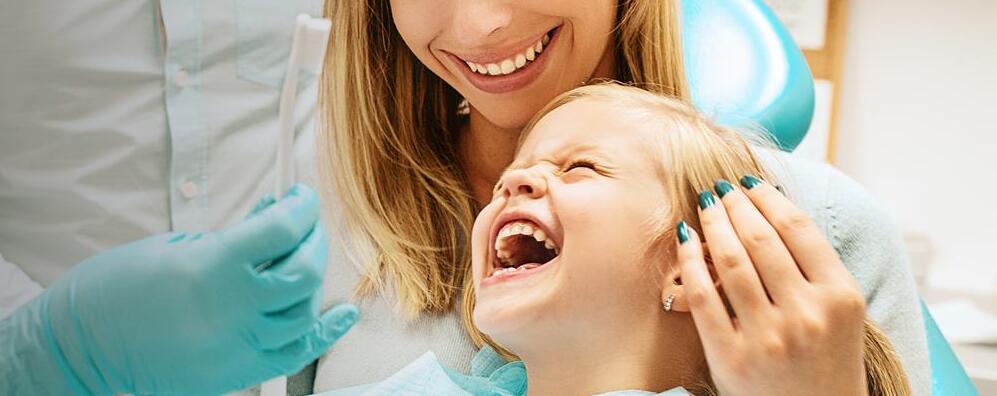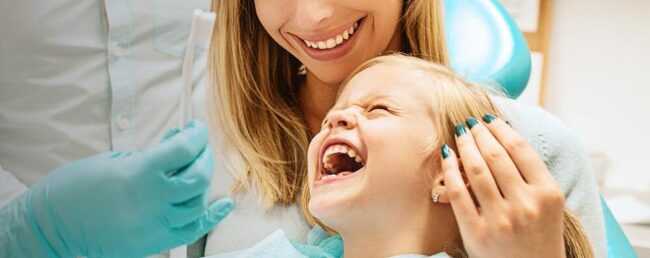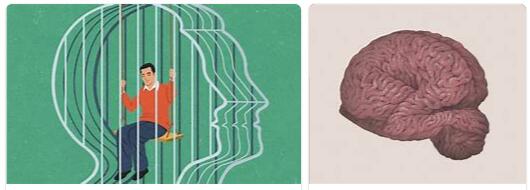Nobody is going to be particularly happy at the thought of going to the dentist. Even if it is only about the pure preventive check-up, the poking in the mouth is uncomfortable. Now, however, it makes a difference whether the patients only have an uncomfortable feeling or whether they suffer from fear of the dentist.
- Dental fear results from people’s primal fear of pain.
- The fear of the dentist can manifest itself physically, mentally or in behavior.
- Dentists now specifically target anxious patients and show in advance what options there are for painless treatment.
What is dental fear?
The explanation arises from the term: the fear of being treated by a dentist. However, one should consider the fear of dentists a little more differentiated. The range of anxiety can range from the purely unpleasant feeling to the point that patients do not go to the doctor despite the greatest pain.
Fear as part of our psyche is a completely normal behavior or feeling. It means that we protect ourselves from negative environmental influences. A patient suffering from dental phobia feels threatened by the upcoming visit to the dentist. People tend to avoid threats. In the case of dental treatment, this means not to keep an appointment in case of doubt.
The fear of the dentist and the resulting avoidance strategy then leads to the patient being ashamed of his behavior in front of his environment, so he suffers twice. The basic factor behind dentist fear is fear of pain. According to abbreviationfinder, DFSS stands for Dental Fear Survey Schedule.
What does fear of dentists result from?
Anyone who has dislocated their shoulder once knows that the doctor’s dislocation is an extremely painful affair. Nevertheless, the fear of the general practitioner or orthopedic surgeon is not an issue for most people. Unfortunately, things are different at the dentist. The fear of the dentist can have numerous reasons:
- Traumatization from previous dental treatment.
- Anchoring the expectation of pain in the psyche.
- Negative reports from the environment about painful visits to the dentist.
- Loss of control through complete passivity in the dentist’s chair.
- Ignorance of what will happen during treatment.
- The patient is generally considered to be an anxious person.
- The dentist cannot build trust in the patient or is frightening.
The source of all fears, however, is fear of pain. The fear of what might happen to the patient also increases the sensitivity to pain. In the end, fear causes everything to be perceived as worse than it is.
How is the fear of the dentist expressed?
The avoidance strategy stands out most clearly. The patient leaves the waiting room before it is their turn or does not even go to the agreed appointment.
Palpitations, sweating, or tremors are physical symptoms that indicate fear. The psychological characteristics such as panic thoughts or ideas of fear are imperceptible from outside.
What therapy options are there against the dental phobia?
Some dentists target anxious patients on their homepages and describe in detail the options they use to avoid pain. The Internet is the first bridge for the dentist to take away the fear of his potential patient.
Dentists have two options for reducing or switching off the pain. On the one hand there are pain-relieving treatment methods, on the other hand there are anxiety-relieving methods.
Pain relieving treatments
The best known method of pain relief is general anesthesia . The patient does not notice anything, but has to allow for a certain amount of time to wake up again. General anesthesia are usually only used in dental clinics, as hardly any classic practice has a recovery room.
The alternative to general anesthesia is local anesthesia . In this case, only the part of the mouth to be treated is numbed. The disadvantage for a real pain hater, however, is that in this case a syringe must be used, the pikt. In the case of local anesthesia, the area to be treated is not completely numb. However, the patient only perceives “dull” touch, no pain. The local anesthesia enables the patient to leave the practice immediately after the treatment. The hours after that are characterized by a slight tingling sensation in the mouth when the anesthesia wears off.
Anxiety relieving treatments
As part of an anxiety-relieving treatment, if the patient is afraid of anesthesia or anesthesia, sedating agents are used. Areas in the central nervous system are blocked using tablets or intravenous administration. The pain is not completely eliminated, but reduced to a tolerable minimum. In case of doubt, the patient is given local anesthesia as an accompanying measure. However, if the sedative is overdosed, the patient may pass out.
Psychotherapy against fear of dentists
Detached from the measures that the doctor can take as part of the treatment to reduce the pain and thus reduce the fear of the dentist, the patient can take action himself.
We are talking about a psychotherapeutic treatment, the focus of which is fear as such and dental phobia in particular. The excessive fear has a cause. The therapist’s job is to help the patient identify the cause of the fear and develop strategies against it. However, this process, the long-term reduction of fears, does not work overnight.




